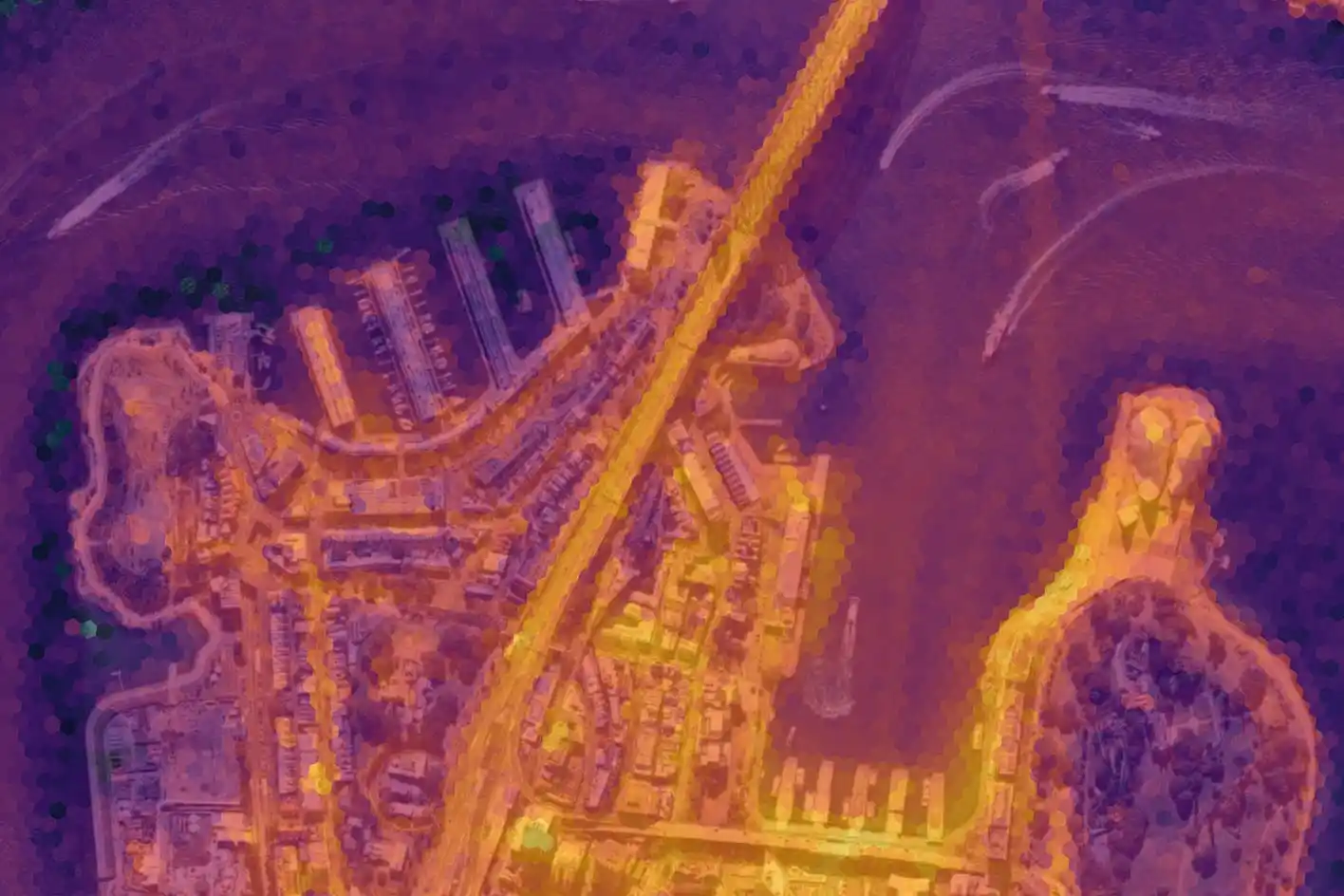Here’s how you can use geospatial data to avoid guesswork and make site selection and network planning decisions that maximise the growth of your business.
Know where your customers are
If you have strongly defined customer personas, you want to find areas where those customers are in abundance for your next store’s location. With this silhouette of who your most valuable customers are, the power of demographic data (like Census data) can come to the fore and guide your decision making with greater surety.
More specifically, demographic data that’s spatially correlated to your areas of interest is incredibly potent information to have at hand, primarily because it can look beyond basic population statistics to uncover the real quality of your customers within the surrounding region. Armed with this knowledge, you can make insightful choices on which potential sites have the greatest chance of succeeding and avoid the costly mistake of a low-performing location.
In fact, you could even reverse this process to analyse high-performing stores in your network, uncover demographic insights, identify trends and apply those insights to your future site selection process.

Understand who can reach your store
If you have other stores in your network, you might have already performed research into understanding how far your customers are willing to travel to reach them. By combining this knowledge with a catchment analysis – using location data to understand accessibility to a particular point and create a ‘catchment’ – you can predict how many people (and hopefully who, as well) fall within your prospective site’s store catchment.
Whether you have insights on existing store catchments or not, however, a catchment analysis of the site(s) you’re considering is a powerful method of discovering how accessible it is. By understanding accessibility – either by car, public transport or on foot – you can gauge a variety of predictive factors for success. Are there any accessibility barriers that shrink the number of people who can easily access the site? Are you at risk of cannibalising an existing store in your network? How many people are within a 15-minute walk of the site?
Plus, beyond knowing how many people can access your site, you can combine a catchment analysis with demographic data analysis to uncover insights on the ‘who’ of your potential customers within a specific travel radius; information which can give you refined insights and far greater chances of a successful store activation.




